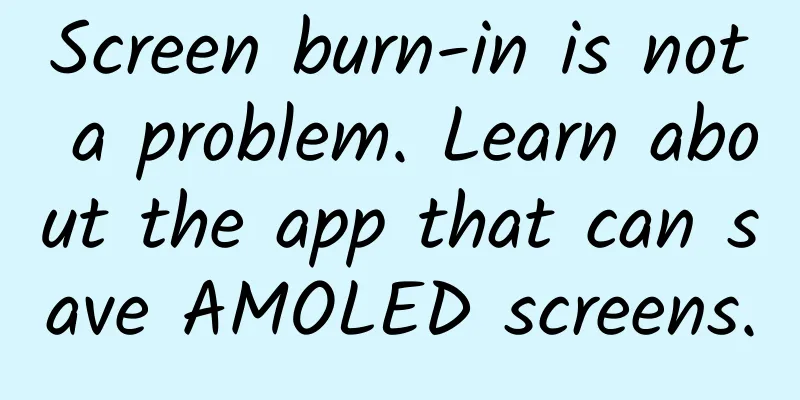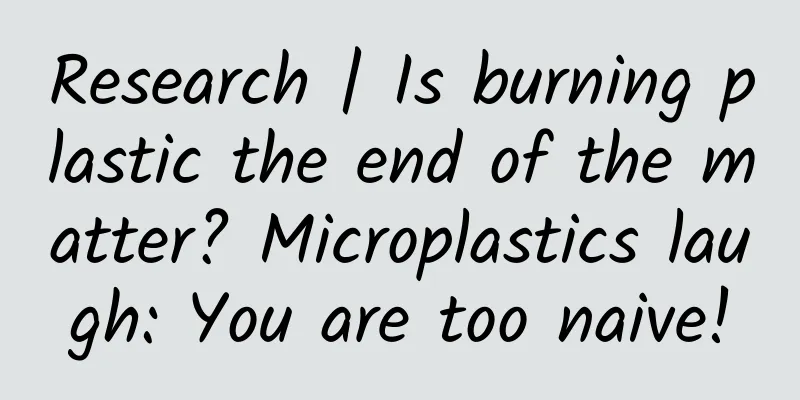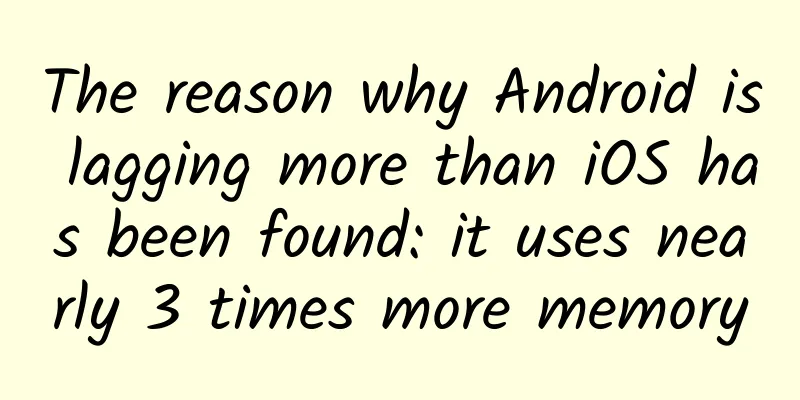Pay attention! The first "Tiangong Classroom" is about to start

|
"When filling out my college entrance examination application, I did not hesitate to select 'automation' or 'measurement and control' as my first choice for all six parallel choices, just to be closer to you and the aerospace industry." This is what 24-year-old Wang Nan wrote in a letter after the China Manned Spaceflight Office recently issued a call for "Looking for Children in the Space Class." Today, she has become an astronaut. This is because astronaut Wang Yaping's first space lecture 8 years ago planted a "space seed" in Wang Nan's heart. At that time, more than 60 million primary and secondary school students formed the first "space class": "Class Teacher" Wang Yaping taught a vivid and unique space physics class on China's highest podium - "Tiangong-1" more than 300 kilometers above the ground. Being in the vast universe, "touching" the sun, moon and stars through the porthole, and experiencing 16 romantic sunrises every day... Wang Yaping's words have become the power for many people to pursue their dreams of space travel. After the Shenzhou 13 astronauts entered the space station complex, the public, especially young people, were looking forward to the Chinese astronauts giving space lessons again. On December 2, the reporter learned from the China Manned Space Engineering Office that China's first space science education brand "Tiangong Classroom" will be officially launched soon, and the first space teaching activity of the Chinese space station will be broadcast live to the world in the near future. Children from the first "space class" at Tsinghua University "make trouble" It has been eight years since the first space class. Have those "seeds" of science taken root and sprouted? In a short film recently broadcast by China Global Television Network (CGTN), a team of more than a dozen students from Tsinghua University majoring in aerospace, art, architecture, music, etc., tried to transform the universe into sounds that can be heard by human ears through a sound art installation. The installation is divided into two parts. In the glass cover of a satellite, there is a small sphere that moves irregularly. The sensor will capture its movement data. The satellite will collect real-time data of cosmic rays and transmit it back to Earth. The large sphere on the ground will synchronously simulate the movement of the small sphere in space, and the sound installation will convert the cosmic ray data into music through a special algorithm. Their creative inspiration came from their common childhood memory: Wang Yaping's first space lecture. "In 2013, when I was in the second grade of junior high school, astronaut Wang Yaping gave a space lecture. The content of the lecture attracted me and aroused my interest in space flight," said Xiaolin, a student in the team. "When I was a child, my parents told me that there was a star in the sky that belonged to the Chinese people, and that was Dongfanghong-1. The music that was played at that time touched me very much, and it reflected the feelings of the Chinese people." Student Xu (sound) said that the spirit of Chinese astronauts to explore the unknown has always inspired him. Scientific inheritance never ends The purpose of space teaching is to popularize space knowledge, stimulate young people's interest in exploring science, and accumulate experience for future larger-scale science activities using space stations, reflecting the charm of scientific inheritance. That year, after the 40-minute lecture, Wang Yaping replied to the world's first "space teacher", former American astronaut Barbara Morgan, via email from Tiangong-1. This further reflects the inheritance of science by mankind. On September 1 this year, the "First Lesson of the School Year" was unique in that it moved the classroom to China's own space station. Through the "space-earth connection", astronauts Nie Haisheng, Liu Boming and Tang Hongbo brought the students a unique "space lesson". This "Tiangong Classroom" is the first space teaching activity conducted on the Chinese space station. As a national space laboratory, the space station is also an important base for space science education, which contains rich and unique educational resources. It is understood that this "Tiangong Classroom" will be combined with manned flight missions and will be launched in series throughout the construction and on-orbit operation of the Chinese space station. The lectures will be given by Chinese astronauts as "space teachers", with young people as the main target, and will be conducted in a collaborative and interactive way between the earth and the sky. A single spark can start a prairie fire. As the 20-year-old Wang Jingtian, a student of the first "space class", said, he and a group of like-minded friends have used videos to record the glorious moments of China's space program many times at the Wenchang Space Launch Center in Hainan, popularizing space knowledge and allowing more people to feel the charm of China's manned space program. Source: Popular Science Times Author: Epic Editor: Wu Tong Review: Wang Fei Final judge: Chen Lei |
<<: Don't laugh! Shanxi people really eat dirt
>>: How were the Northeastern iron people made?
Recommend
How does Baidu determine the conversion effect of bidding keywords?
After expanding the keywords, the enterprise SEM ...
Understanding Insulated Bearings
Bearings are important core components in mechani...
The meat slices cannot exceed 2mm. Is this regulation in Yunnan redundant?
Recently, Yunnan issued the "Yunnan Provinci...
Why do others feel full of energy while I still feel so sleepy even though we both sleep for 8 hours?
"How long is the best sleep for a person?&qu...
Beijing urgently reminds: Don’t go out unless necessary! Please spread this rainstorm avoidance guide!
The Central Meteorological Observatory continued ...
Too short. Apple Watch only has enough battery for 3 hours?
January 23 (Reporter Zhang Qian) If the battery l...
The environment inside the tiankeng is dark. Is there life here? Dense primeval forest and independent ecosystem
On the surface, it is difficult to find a corner ...
Plant killer or bridge of life? Why can the banyan tree form a forest?
Have you ever seen a single tree forming a forest...
Is the "light vaccine" used by the Chinese Olympic delegation the ultimate weapon against the new coronavirus?
Koko, have you heard of "light vaccine"...
How much does it cost to customize a beauty mini app in Shenzhen?
Shenzhen beauty mini program customization price ...
Himalaya: The highest level of ASO, how does Himalaya promote its apps?
The ASO master we are going to talk about today i...
Tik Tok and PUBG are using it: 5 ways to effectively improve your retention rate
Why does Harvard Business School say that for eve...
A 44-year-old famous actress revealed that she has been using reading glasses! A 39-year-old civil aviation captain has set the font on his phone to be super large! Can presbyopia be cured?
Recently, 44-year-old actress Joe Chen posted on ...
How to attract traffic to Tik Tok? Practical tips from registration to popularity!
There are many channels for attracting traffic no...
Mou Cong's bodybuilding video tutorial "Bodybuilding Elite Training Camp"
Training course video content introduction: Mou C...






![[Smart Farmers] Xinjiang's "seafood" is hot! One picture shows how to get rich by "seafood raised on land"](/upload/images/67f21e0726f3f.webp)


